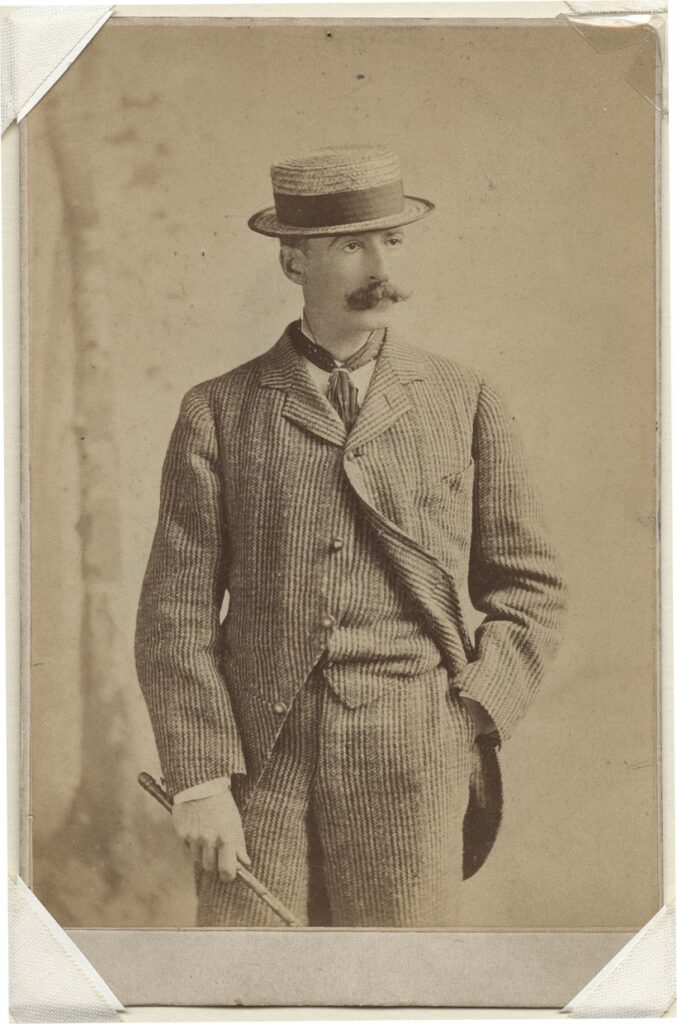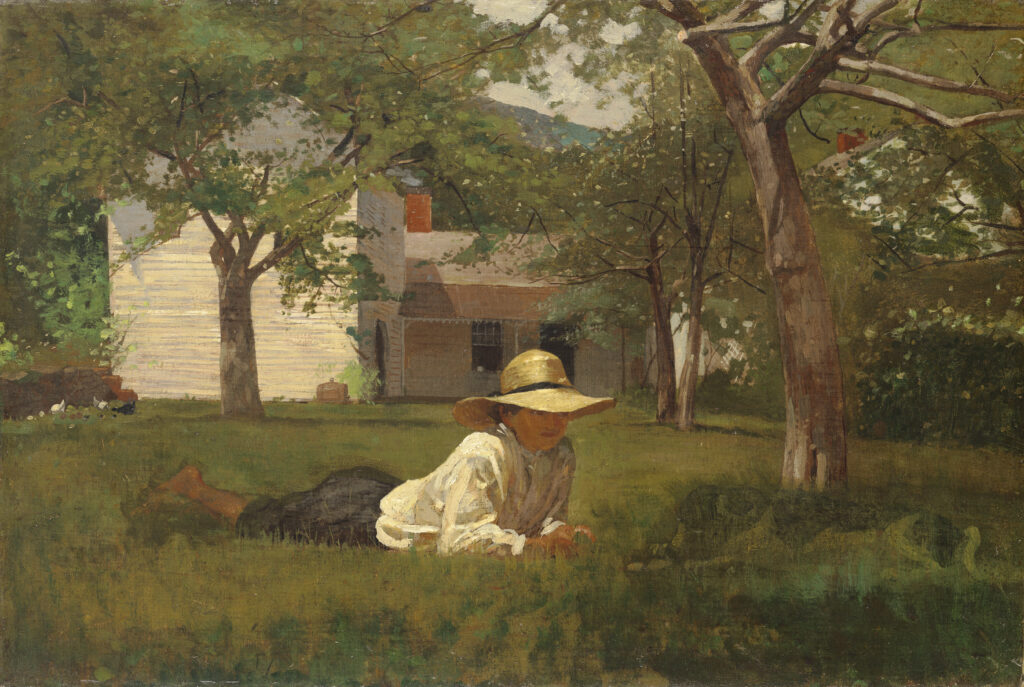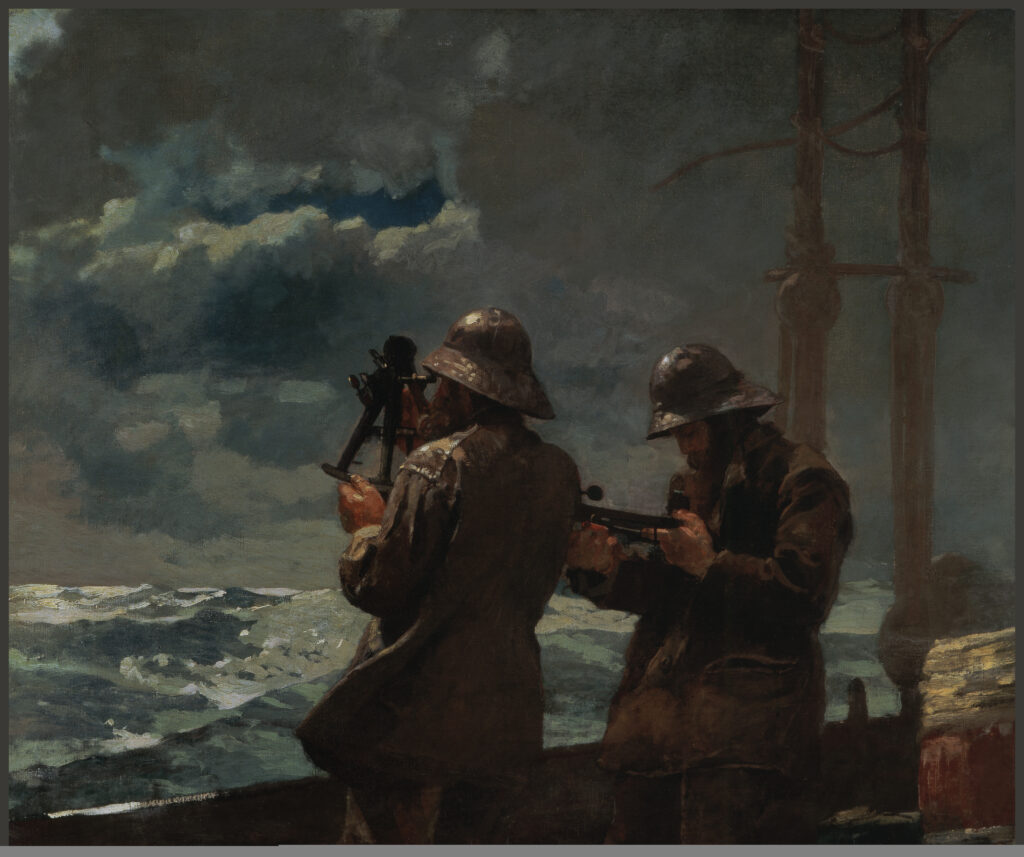- Events
- Things to Do
- Places to Stay
Explore Accommodations
Whether you prefer luxury accommodations or a quaint bed & breakfast stay with a countryside view, Delaware County, PA has lodging for every type of traveler. Explore one-of-a-kind stays and traditional comforts before you plan your business or leisure weekend get-a-way.
view all
- Trail Finder
- Local Food & Drinks
Winslow Homer: Photography and the Art of Painting
November 16, 2018 – February 17, 2019
A little-recognized aspect of the work of Winslow Homer—one of America’s most iconic artists—is the relationship between his painting and photography, and the role of the relatively new medium on his approach to image making. In 2014, the Bowdoin College Museum of Art (BCMA) was given an English-made camera that once belonged to Winslow Homer.

This object was a catalyst for Winslow Homer: Photography and the Art of Painting, an exhibition organized by BCMA and on view now at the Brandywine River Museum of Art in Chadds Ford, PA, through February 17, 2019.
Winslow Homer: Photography and the Art of Painting examines the surprising role photography played in Homer’s evolving artistic practice. The exhibition features approximately 50 paintings, prints, watercolors and drawings from all major periods of the artist’s career, as well as a comparable number of photographs collected by Homer.
As a young artist for Harper’s Weekly during the Civil War, Homer utilized photographs as source material for some of his drawings. Alexander Gardner’s famous photograph of Lincoln’s first inauguration, for example, provided Homer with the pictorial information he needed to construct his own detailed view of the event. Hampered by cumbersome equipment, Civil War photographers focused mainly on camp and civilian scenes; many of Homer’s war paintings, such as Playing Old Soldier, replicated the same type of popular genre piece war photographers were selling to the illustrated periodicals.
After the Civil War, Homer traveled to locations in the eastern United States that were becoming popular as tourist destinations—the White Mountains of New Hampshire, the Catskills and Adirondacks of New York, and Cape Ann in Massachusetts. He was introduced to a new type of photography—imagery to promote tourism. These images captured a moment in time and effects like glare, blur and shadow that the eye might not perceive. The strikingly sunlit wagon-wheel spokes Homer painted in The White Mountain Wagon, for example, suggest that he understood that photographic images could provide fresh, immediate perspectives that he could incorporate into his paintings.

During the last three decades of his life, Homer often created compositions of the same subject in different mediums including painting, printmaking and photography. His use of various media came from his interest in probing the way things look and the challenge of portraying them realistically. Homer often borrowed certain elements—the cropping, the out of focus background and the flatness of the composition—from photographic convention, yet his painting, based on unique optical experiences, was an artistic creation reflective of myriad decisions. To Homer, paintings had the potential to make a subject more clearly understood; photography added to that conversation about how to portray the world around him.
“Homer gave visual form to the American experience in the second half of the 19th century and has been highly influential to generations of artists, including many of those in the Brandywine’s collection,” said Thomas Padon, director of the Brandywine River Museum of Art. “Because of this, Winslow Homer: Photography and the Art of Painting will have particular resonance here, and we are thrilled to be the second and only other destination for this remarkable exhibition.”
Winslow Homer: Photography and the Art of Painting is curated by Frank H. Goodyear, BCMA co-director, and Dana E. Byrd, Bowdoin College Assistant Professor of Art History. The exhibition features a rich selection of work drawn from the BCMA’s incomparable holdings of Homer’s art and archival materials, and from more than 20 major institutions.

An illustrated catalogue authored by Goodyear and Byrd and published by Yale University Press accompanies the exhibition. The catalogue serves as a significant contribution to the study of Winslow Homer and the cross-disciplinary study of painters and photography in American art.
The exhibition was made possible in part by Bank of America and is supported by an indemnity from the Federal Council on the Arts and the Humanities. At the Brandywine, additional major sponsors include Linda L. Bean, the Robert J. Kleberg Jr. and Helen C. Kleberg Foundation, the Davenport Family Foundation, and William C. and Laura Buck.
The Brandywine River Museum of Art features an outstanding collection of American art housed in a 19th-century mill building with a dramatic steel and glass addition overlooking the banks of the Brandywine. The Museum is open daily from 9:30 a.m. to 5 p.m. (except Thanksgiving Day and Christmas Day), and is located on Route 1 in Chadds Ford, PA. Admission is $18 for adults, $15 for seniors ages 65 and over, $6 for students and children ages 6 and up; free for children 5 and younger and Brandywine Conservancy & Museum of Art members. Guided tours of the Andrew Wyeth Studio, N. C. Wyeth House & Studio, and the Kuerner Farm—all National Historic Landmarks—are available daily (for an additional fee) from April 4 through November 18; advance reservations are recommended.
For more information, call 610.388.2700 or visit brandywine.org/museum. The Museum is one of the two programs of the Brandywine Conservancy & Museum of Art.
